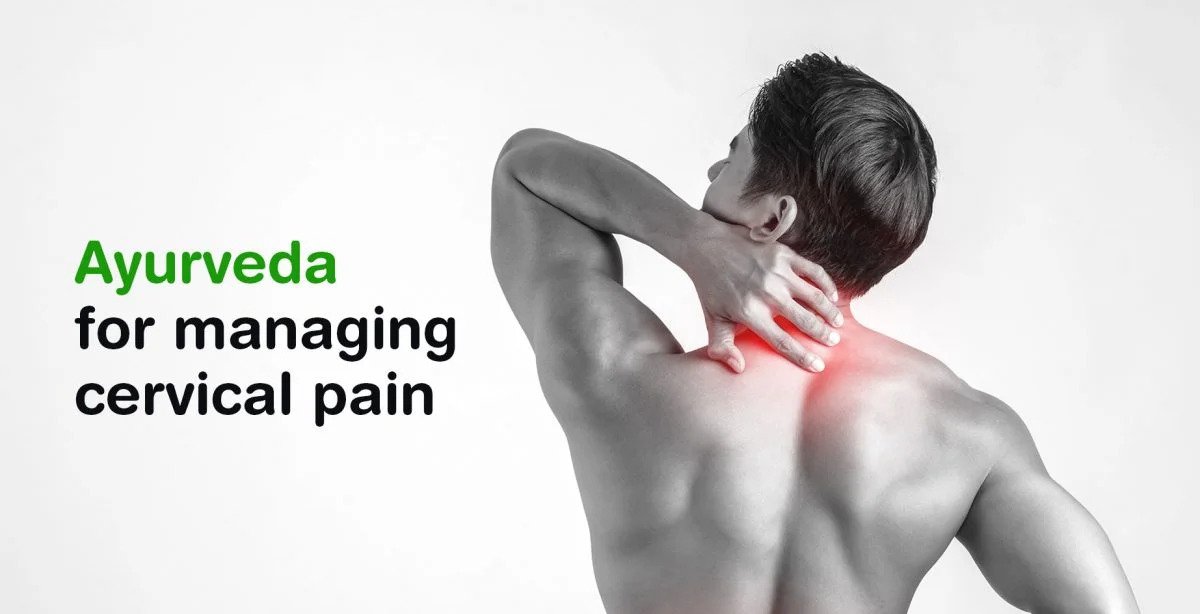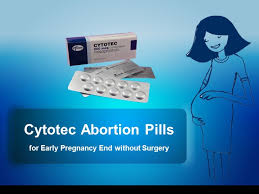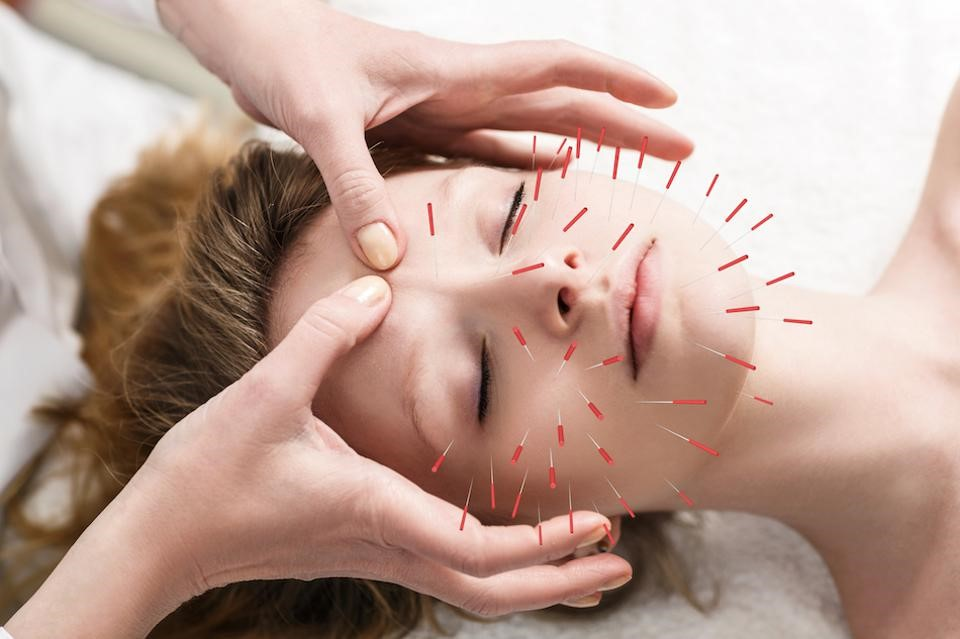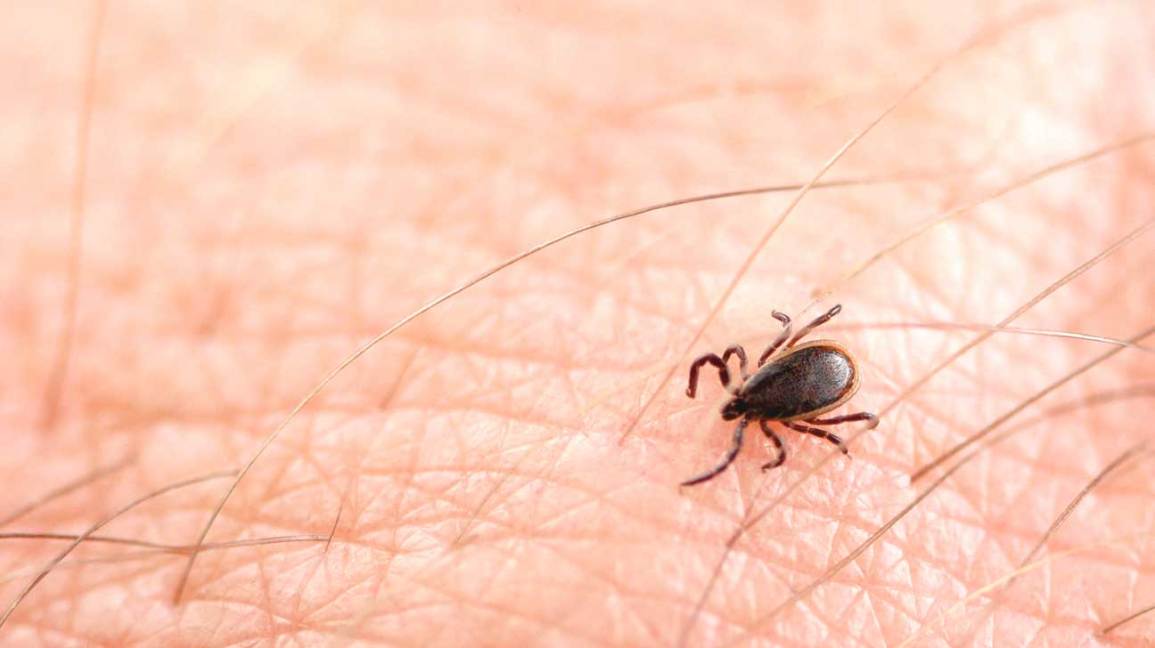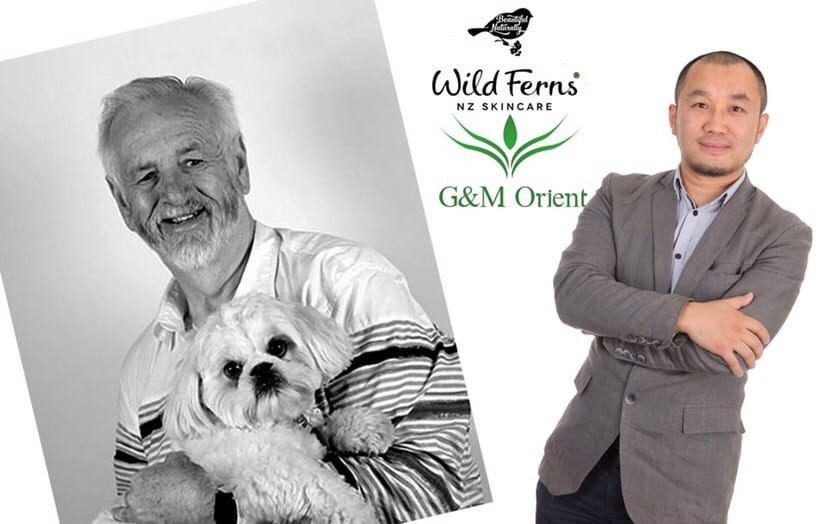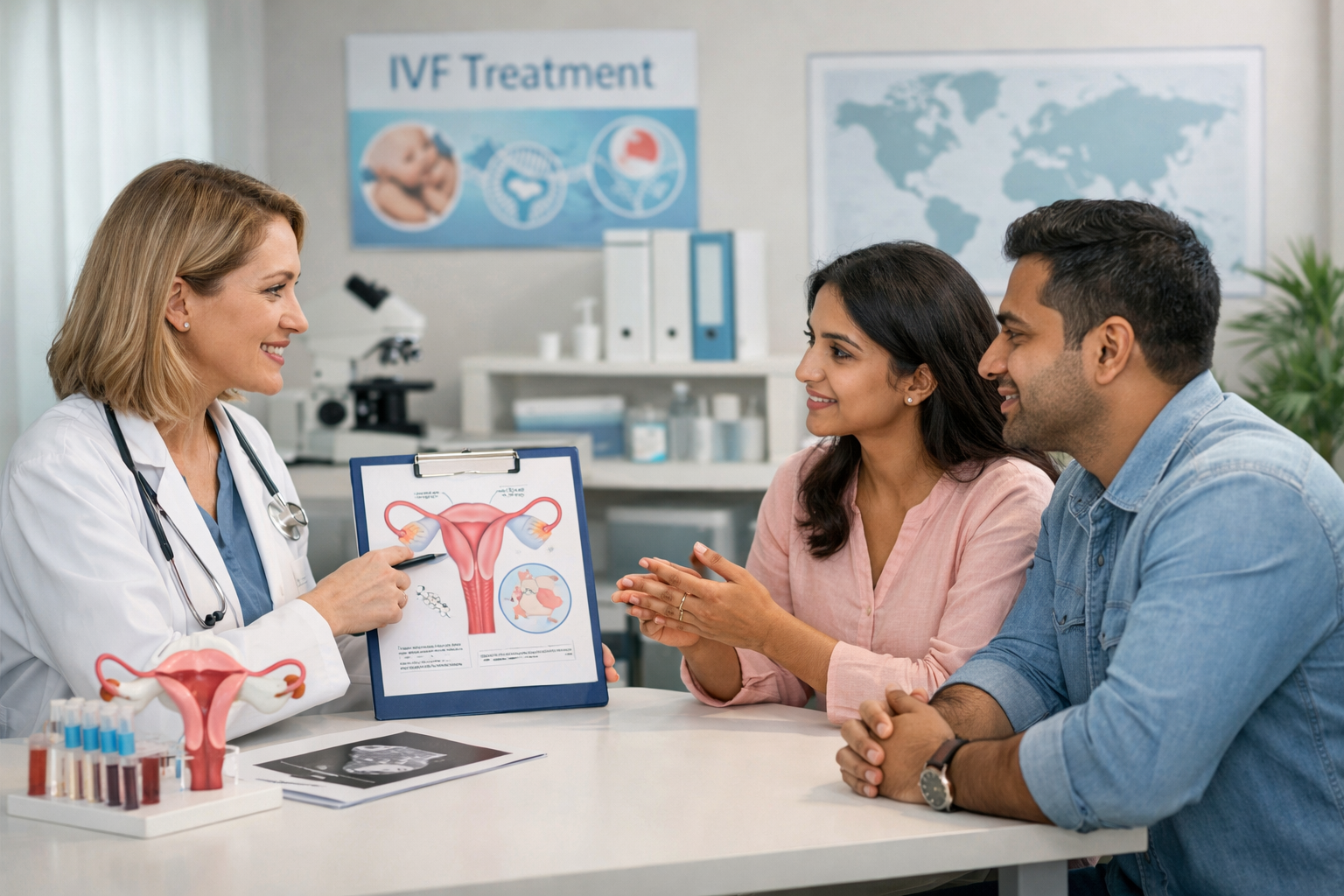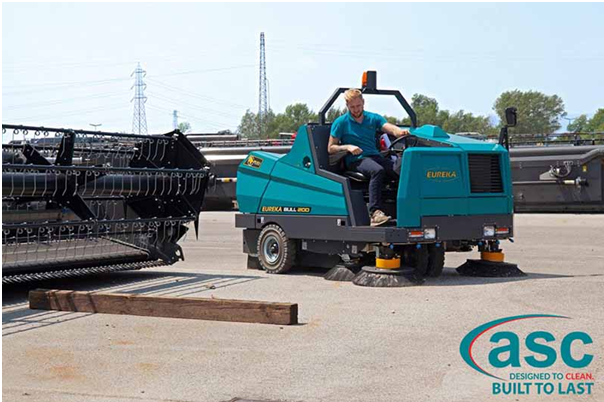Cervical spondylosis is an age-related degenerative disease that affects the spine and intervertebral discs of the neck. It occurs due to the overuse of the bones and cartilage of the cervical spine. It is also known by the name cervical osteoarthritis.
How does Cervical Spondylosis occur?
Osteophytes developed in the facet joints and vertebral bodies due to the degenerative changes compress the nerve roots in the intervertebral foramina resulting in pain. Also as age advances, the nucleus pulposus of the intervertebral disc undergoes degeneration with a reduction in its fluid content. This results in the narrowing of space between the vertebral bodies. The annulus fibrosus of the intervertebral disc shows degenerative changes and it protrudes backward to form ridges. Soft tissues like ligamentum Flava lose their elasticity and buckle forward when the cervical spine is extended.
All the above mechanisms compress the nerve roots leading to pain, stiffness, and related changes in the pathway of the nerves.
Signs and Symptoms
The fifth, sixth, and seventh cervical vertebrae and their nerve roots are most frequently affected due to degenerative changes. The disease is commonly manifested in the fourth and fifth decade of the life span. The clinical symptoms include:
- Neck pain that radiates into the back of the head, shoulders, or arms.
- Headaches in the back side of the head.
- Movements of the neck, travel, and adoption of certain postures aggravate the pain.
- Stiffness of the neck.
- Wasting and weakness of the forearm muscles.
- Tendon reflexes can be diminished in severe cases.
- In rare cases bladder and bowel dysfunction can be seen.
Investigation
The clinical diagnosis must be confirmed by:
- X-ray of the cervical spine shows narrowing and irregularity of the intervertebral spaces and osteophyte formation.
- MRI and CT show anatomic abnormalities.
- EMG and nerve conduction studies localize and assess the severity of the nerve root injury.
What is Cervical Spondylosis in Ayurveda?
In Ayurveda, cervical spondylosis can be correlated to greevagraham. Greeva means neck, and Graham means stiffness. This disease occurs due to the vitiation of the Vata Dosha. The vitiation of Vata Dosha leads to the depletion of the bones and tissues in the neck. As a result, the patient experiences symptoms such as:
- Pain in the neck that radiates to the shoulders, arms, and hands.
- Stiffness of the neck.
- Wasting and weakness of the forearm muscles etc.
Ayurveda Management for Cervical Spondylosis
According to Ayurveda, the symptoms of cervical spondylosis can be attributed to vitiated Vata Dosha. There are some many reasons for vitiation of Vata Dosha and one among the major cause is constipation. This may leads to the formation of gas which thereby indirectly increase the pain in pain. However, there are several cervical spondylosis management Ayurveda therapies that have treated the condition naturally. Ayurveda uses certain medications and Panchakarma therapies like medicated enema or Basti that may improve the symptoms of cervical spondylosis.
Some of the major treatment procedures include:
Snehana (Oleation therapy) – Oleation or medicated oil massages can be done both internally and externally.
Swedana (fomentation therapy) – various fomentation therapy like
- Greevavasti – Keeping the warm medicated oil in the neck with the help of a specially prepared frame.
- Ela kizhi. (Patrapotali swedam)
- (Shastika Sali Pinda Swedam).
- Pizhichil.
- SiroDhara.
- SarvangaDhara.
- Mild purgation with castor oil.
- Nasyam.
- Lepam (application of medicinal herbal powders mixed with dhanyamla or warm water.) and poultice with kottamchukkadi choornam, jatamayadi choornam etc.
The patient must be advised to use cervical collars, and a cervical sleep kit, and practice yoga therapies such as Sooryanamaskara, bhujangasana, etc.
Conclusion
At Ayurclinic Melbourne, cervical pain management therapies are very extensive and may include Ayurveda medicines & external applications for mild cases and Ayurveda Panchakarma therapies like Abhyanga swedam, Elakizhi, Nasyam, Shirovasti or shirodhara massage, Sarvangadhara etc. in certain cases. These Panchakarma therapies are done based on the person’s presentation and severity of the disease by the best ayurvedic doctors. Along with proper ayurvedic treatments, one should follow proper diet and healthier lifestyle as prescribed.
Book your Consultation with our ayurvedic specialist for detailed evaluation and guidance.

 Ayurveda Melbourne
Ayurveda Melbourne